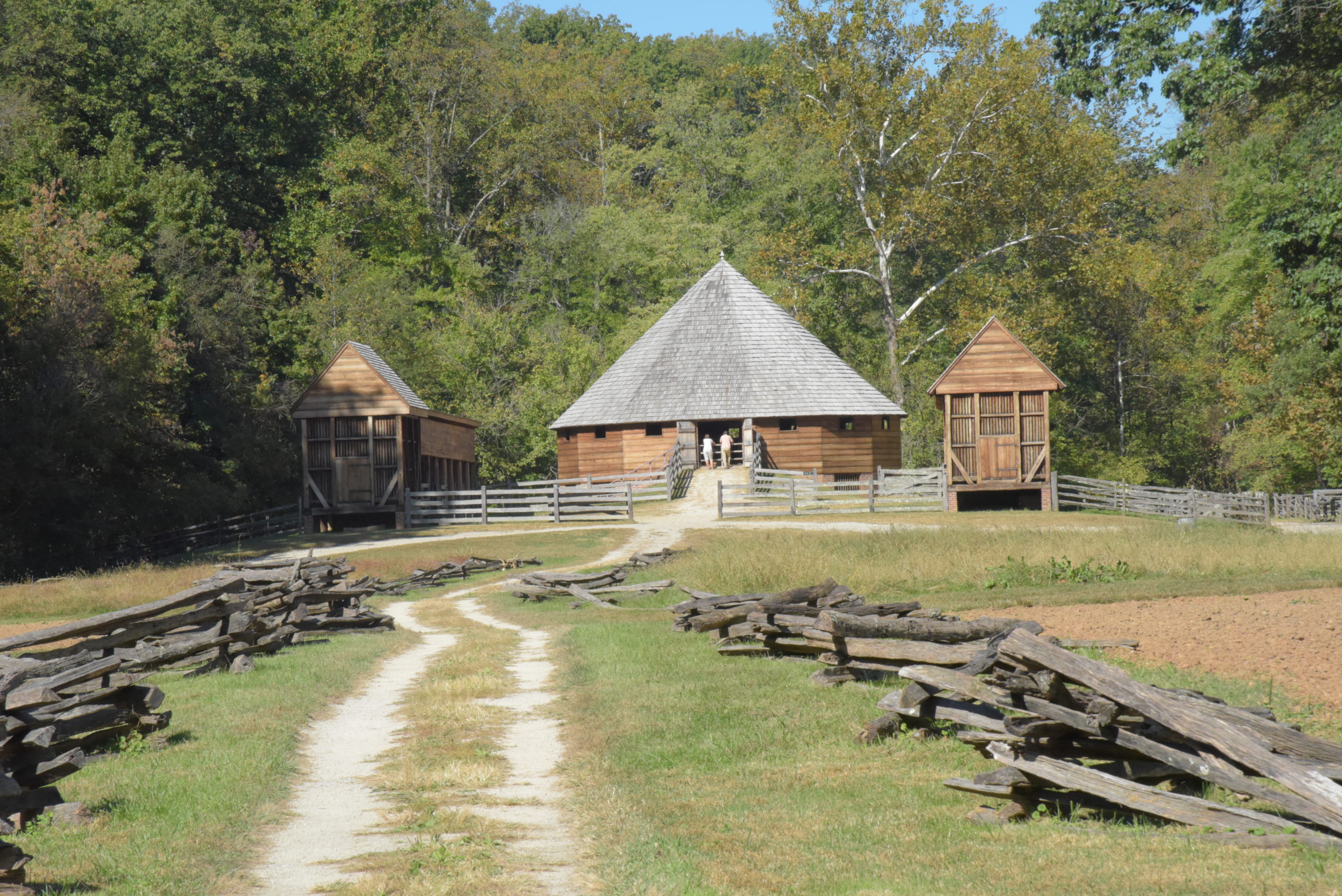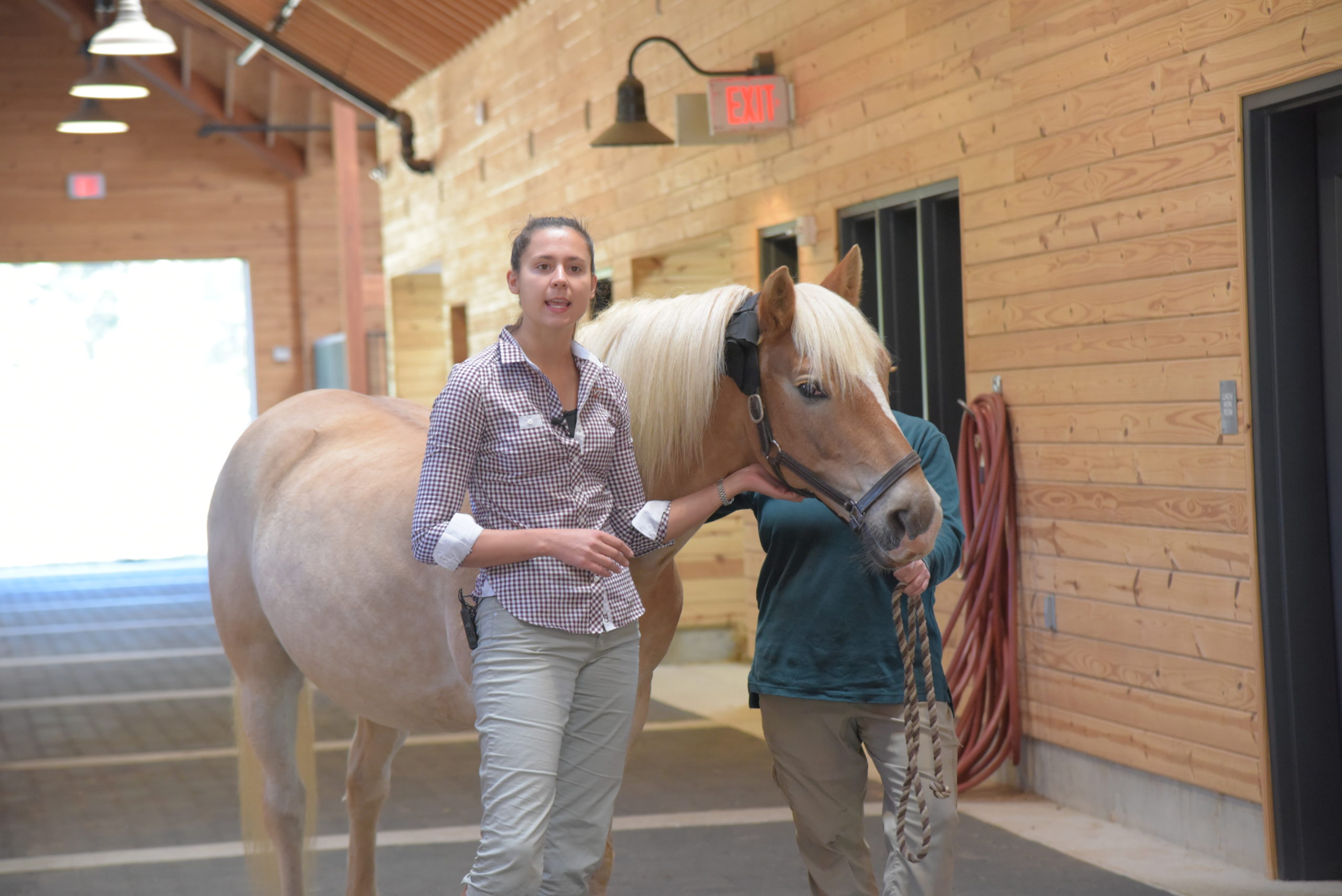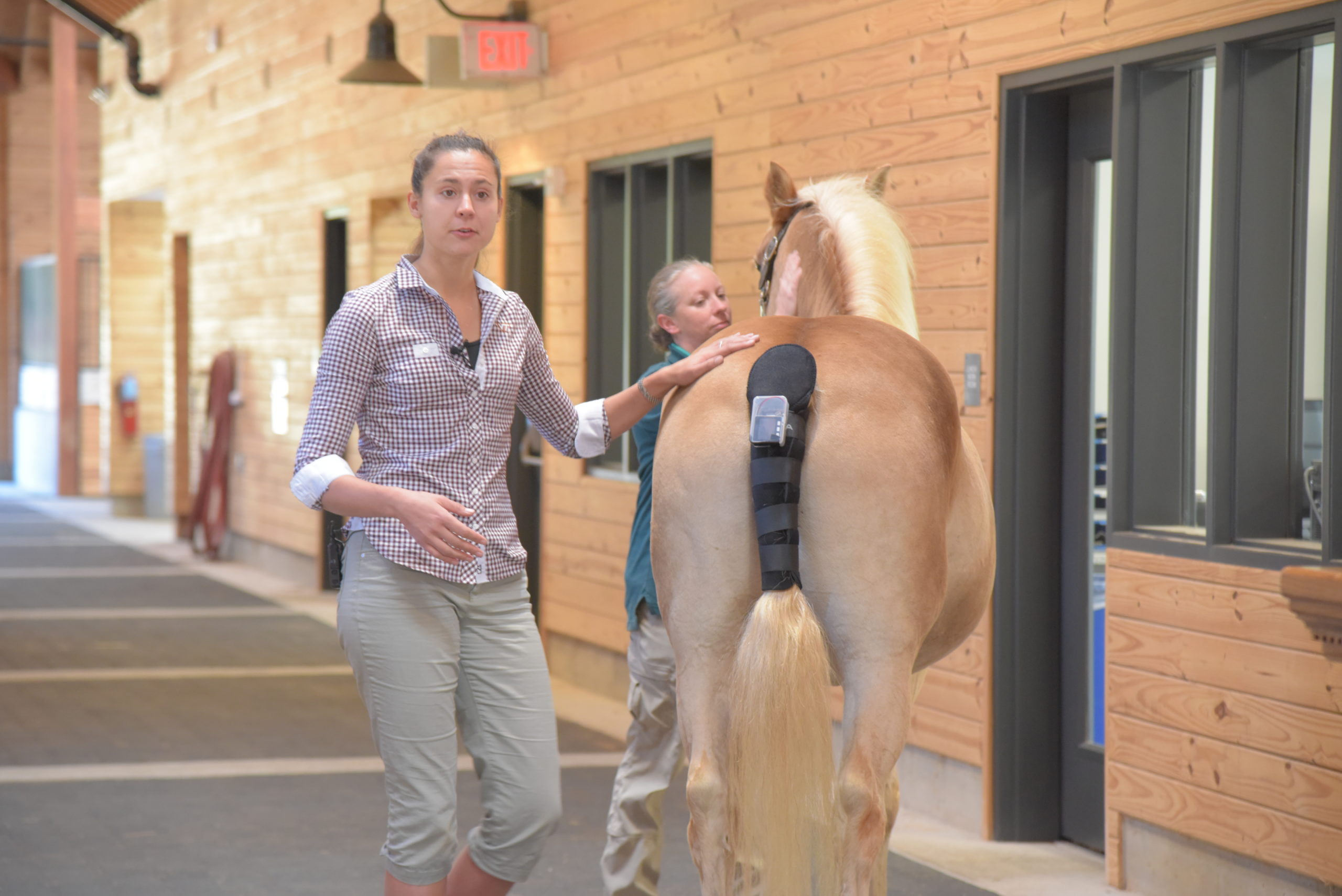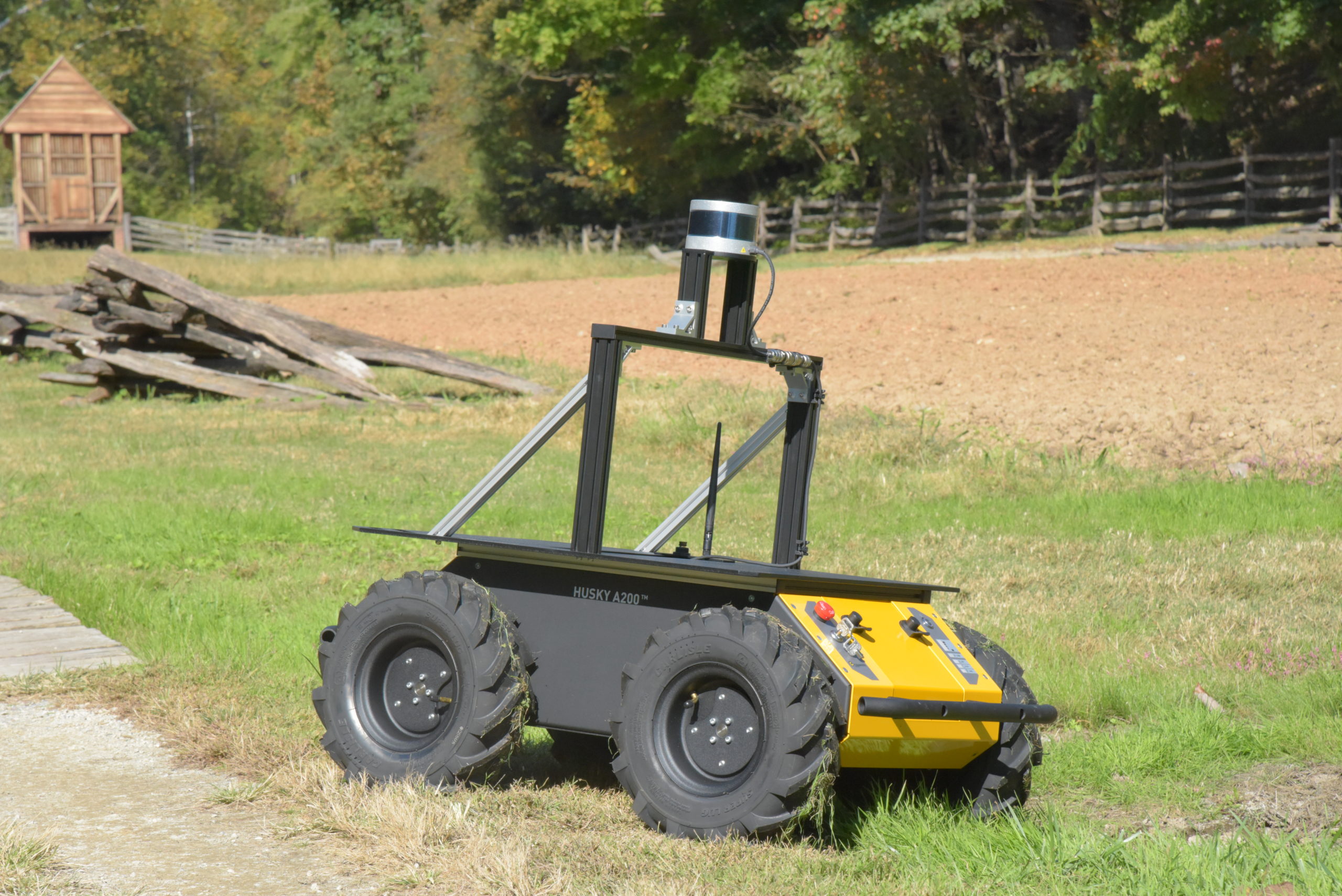
[ad_1]
ALEXANDRIA, VA–A cool, sunny day on the Potomac. Horses and oxen and sheep roaming the fields. Foliage growing green and strong. George Washington’s Mount Vernon is a national treasure frozen in time. But on Wednesday, October 20, Virginia Tech representatives displayed how they are bringing farming techniques into the twenty-first century.

George Washington was an agricultural pioneer (amongst his other notable titles), when he developed the 16-sided barn. Now, nearly 300 years later, the SmartFarm Innovation Network, together with Virginia Tech’s Center for Advanced Innovation in Agriculture, has another new way to farm.

Drones, robots, and sensor technology will work together to optimize farming strategy and hopefully impact climate change.

Introducing the technology was Dr. Robin White, assistant professor, Department of Animal and Poultry Sciences, Center for Advanced Innovation in Agriculture at Virginia Tech, and her assistant, Mikey the horse.
“Now I think all of us at some point in our lives have asked ourselves the question, ‘What gets you out of bed in the morning?’,” began Dr. White, “and to me the answer to that question is the idea of feeding the world.”
As the global population grows and the environmental and agricultural resources deplete, this question becomes all the more pertinent, and society is always evolving to answer it.
From the industrial revolution to the green revolution, society has now advanced into the data revolution. SmartFarm will harness data collected from various farmlands in order to understand variations in agricultural systems. This understanding will allow institutions like Virginia Tech to design farming practices which will improve productivity and address environmental impact.
So, how we can move toward different agricultural systems that minimize waste and improve resource efficiency and productivity? Mikey the horse helped Dr. White answer this question.

During the demonstration, Mikey wore sensors on his tail, head, and hooves, to measure three things:
- when and where he relieves himself;
- his well-being, such as stress level, temperature, heart rate;
- and his step count.

These sensors send information to autonomous vehicles, like roving robots or flying drones that monitor the health of the field. For example, one measurement might be the hydrology of the field. If Mikey were to defecate in a particularly hydrogen-rich area, his tail sensor would communicate with the robot to redistribute the animal excrement to a different particular part of the field which might be in need of more hydrogen.
 Another example might be the measurement of crop quality by flying drone, which could gather atmosphere and ground data to determine the overall health of the crop’s environment.
Another example might be the measurement of crop quality by flying drone, which could gather atmosphere and ground data to determine the overall health of the crop’s environment.
The aim of this process is to precision manage the agricultural environment to create the best climatological balance, by protecting the crops, balancing the chemical makeup of the field, and ensuring the highest quality of life for the animals.
“Through collecting all data, we can work to improve the viability of the farm as a whole,” stated Dr. White.
Although the SmartFarm technology is still being perfected, what was demonstrated at Mount Vernon was a milestone in agricultural practices, and a marvel to behold. Hopefully, not only will SmartFarm be able to improve the viability of a single farm as a whole, but maybe farmlands across the globe.
Post Views:
0
[ad_2]
Source link
